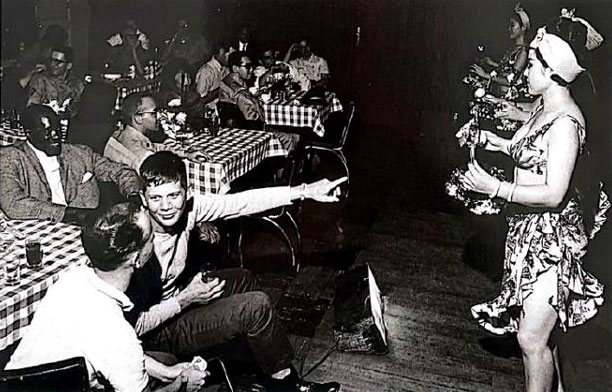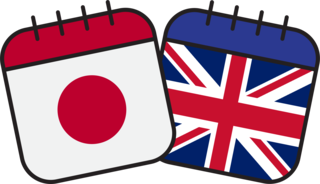
Image: Kuwabara Shisei, Untitled (at Paju), from Kankoku gen’ei, 1965.
Kuwabara Shisei: Documenting the US Military Base in Cold War Korea
- 18 April 2024
- 6:00pm – 7:00pm
- Online
- https://www.sainsbury-institute.org/events/kuwabara-shisei-documenting-the-us-military-base-in-cold-war-korea/
- 01603 597507
- sisjac@sainsbury-institute.org
- Tweet
Dr Ji Hye Han (Robert and Lisa Sainsbury Fellow 2023-2024, Sainsbury Institute)
About the Talk
In July 1964, Kuwabara Shisei (1936–), a renowned photojournalist, got on the plane to Korea. It was after eight years of careful preparation that he was finally able to set foot in Korea. Reflecting the fraught relationship between the two countries marked by many unresolved issues spawned from the Japanese colonization of Korea (1910–45), Japan and Korea did not normalize diplomatic relations until 1965.
In this challenging milieu, Kuwabara started his long engagement with Korea as one of the early Japanese photographers to be active in the country. Throughout the 1960s–80s, Kuwabara produced a rich body of photographs of Korea and compiled this into a photobook in 1986 with the title Kankoku gen’ei (also known as Korea 1964–86).
As its title suggests, the photobook features camera-based imagery of what Kuwabara regarded to be the primordial/foundational scenes of Korea. One of the gen’ei Kuwabara presents in the photobook is the USFK (United States Forces Korea) to which the photographer devotes the entire third chapter. From his first visit to Korea, Kuwabara understood the significance and implication of the US military presence in Korea and produced a considerable number of photos on the subject.
This lecture examines Kuwabara’s photographic representation of the US military in Kankoku gen’ei. What kinds of visual narratives on the USFK and Cold War imaginaries does Kuwabara present in the photobook? How are they different from the existing visual representations of the USFK in more widely circulating mass media, novels, and movies in Korea at the time? Through these questions and more, the lecture discusses the implications of Kuwabara’s photographs of the USFK and his staunch statement on the US military presence in Korea and beyond.
